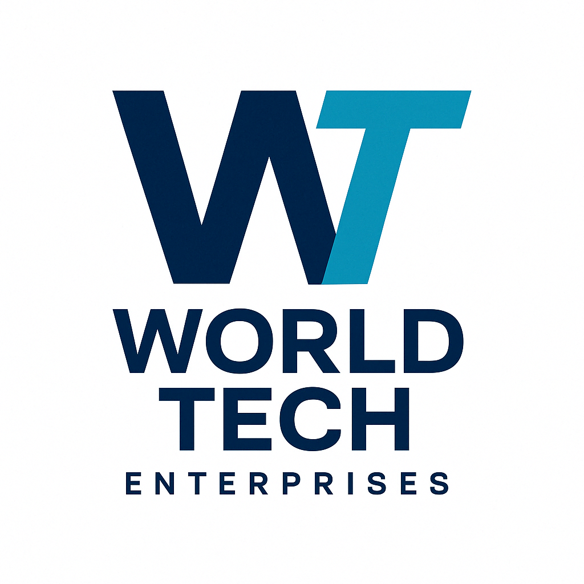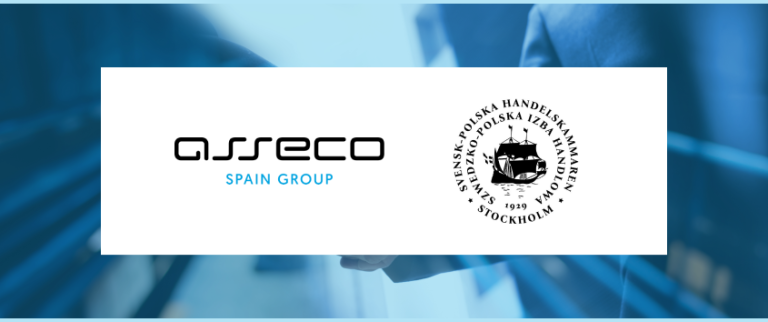New technologies have enormous potential to transform the way we do things today, and there’s no doubt that within a sector as key as the pharmaceutical industry, there’s a huge opportunity and impact.
Boosting synergies, increasing the culture of innovation, improving the safety of the organization’s activities, and even reducing costs are some of the advantages the pharmaceutical sector can gain by addressing technological obsolescence. In this regard, there are already success stories such as that of Novartis, which recently announced its collaboration with Amazon Web Services to leverage its technologies to improve its production and reduce operational costs.
We assume that, in some cases, the pharmaceutical sector suffers from what we might consider a degree of digital obsolescence due to a lack of modern and up-to-date technological systems. This is due, among other things, to the resistance to change within the sector, the high level of regulation to which the industry is exposed, and the diverse standards it must comply with, making it difficult for technology to enter the sector. If we add to this the fact that the diversity of the pharmaceutical industry ecosystem (manufacturers, distributors, hospitals, pharmacies, etc.), combined with a lack of common standards and fragmented systems, also hinders the implementation of technology within the sector, we find a complex picture.
Artificial Intelligence (AI), which is on everyone’s lips today, can accelerate and optimize the drug discovery process and clinical trials by analyzing data and patterns. It can also improve and streamline medical diagnoses and can even help personalize patient treatments by taking into account aspects that today don’t even occur to us, such as genetic data. This is not to mention other aspects where the change can be 180 degrees, for example, in terms of patient experience and care and, above all, in everything related to administrative tasks such as data processing, inventory management, and documentation, tasks that often demand more time than we have.
In any case, the pharmaceutical sector should consider the following points when including the use of new technologies in its digital transformation plan:
Regulation and compliance
The high degree of regulation in the pharmaceutical sector is essential to ensure the safety and efficacy of medicines sold on the market. Its complexity stems from the need to balance innovation and safety, although this process slows progress. However, the reality is that these technological advances, rather than endangering the sector, can actually help achieve significant improvements in drug production and distribution, patient care and improvement, process and information security, and many other aspects. Furthermore, digitalization may require significant changes in the way companies operate to comply with these regulations, which can be costly and time-consuming. Despite this, it is important to recognize that the implementation of digital technologies can bring significant benefits to the sector, enabling greater process efficiency and better use of data.
Systems and data integration
One of the main challenges facing the sector is being able to manage the entire volume of valuable and confidential data and information within the ecosystem, especially if it is old or incompatible. The integration and synergies of information and data are just as important as their protection. This is where technology has a lot to say and do. There is no doubt that technologies such as Distributed Ledger Technology, especially Blockchain, can protect the security of information and, therefore, that of the different players. Having integrated systems is key and facilitates process management, interpretation, and decision-making, among other things.
Cybersecurity
Cybersecurity is one of the main risks today, and this doesn’t seem likely to change in the future. The pharmaceutical industry is finding it difficult to find cybersecurity profiles compared to other sectors, with the time it takes to post job advertisements for these positions increasing by more than 25%, according to data from GlobalData. Furthermore, it is estimated that by 2024 there will be a need for 83,000 cybersecurity-related jobs, according to the “Analysis and Diagnosis of Cybersecurity Talent in Spain” conducted by INCIBE. This is a real and increasingly urgent need, and one that must be focused on minimizing damage and risks.
Furthermore, when we talk about the pharmaceutical sector, this takes on even greater importance, since the information the industry handles is closely related to clinical data and technological and scientific advances, something that in the wrong hands can be a potent threat. If we add to this the accelerated advance of digital transformation and the limited cybersecurity response capacity of organizations in general and the pharmaceutical industry in particular, the situation is worrying. The digitalization of the company must be accompanied by a reinforcement of the organization’s cybersecurity and even the training of its personnel.
Associated costs
It’s a common mistake to talk about costs from the perspective of investment in new technologies, but the correct approach should be the implications and impact of not incorporating them. In terms of cybersecurity, companies are increasingly having to pay significant sums to respond to security problems and breaches. Furthermore, it is estimated that by 2025, the economic costs associated with cyberattacks will reach $10 trillion, not including intangible damage, such as damage to the company’s reputation and relationships with partners. Identifying the company’s specific needs and objectives, as well as assessing available capabilities and resources, are crucial initial steps in the process. Once these are established, the appropriate technologies can be defined to support business goals and improve operational efficiency.
In an increasingly technology-driven world, it is imperative for companies to approach technological transformation and evolution in a careful and planned manner. Given the complexity and implications associated with this process, it is essential to establish a defined plan that allows for an understanding of the sequence of actions and milestones to be achieved. It is also crucial to consider both relevant and less relevant aspects, adopting a strategic approach and developing comprehensive plans that consider the various facets and realities that accompany technology.
José Antonio Pinilla Pérez
CEO & Chairman at Asseco Spain Group







